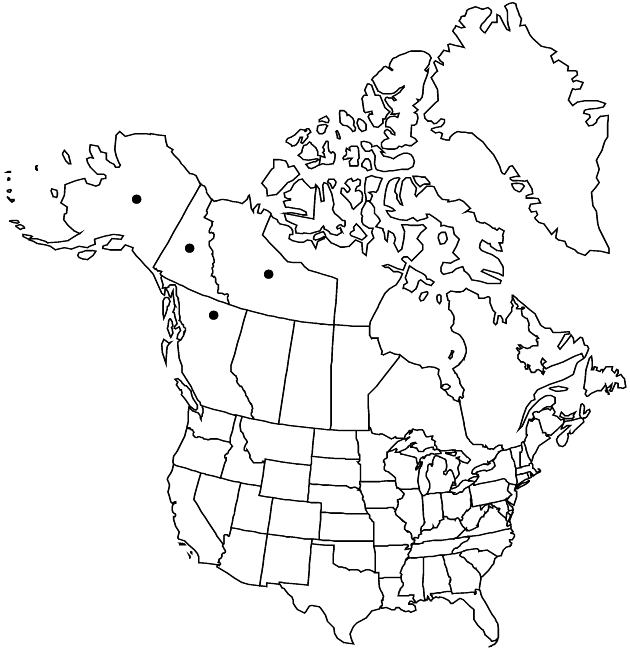Difference between revisions of "Arnica lessingii"
Pittonia 4: 167. 1900.
FNA>Volume Importer |
imported>Volume Importer |
||
| (2 intermediate revisions by 2 users not shown) | |||
| Line 56: | Line 56: | ||
|publication year=1900 | |publication year=1900 | ||
|special status= | |special status= | ||
| − | |source xml=https:// | + | |source xml=https://bitbucket.org/aafc-mbb/fna-data-curation/src/2e0870ddd59836b60bcf96646a41e87ea5a5943a/coarse_grained_fna_xml/V19-20-21/V21_917.xml |
|tribe=Asteraceae tribe Heliantheae | |tribe=Asteraceae tribe Heliantheae | ||
|subtribe=Asteraceae (tribe Heliantheae) subtribe Chaenactidinae | |subtribe=Asteraceae (tribe Heliantheae) subtribe Chaenactidinae | ||
Latest revision as of 20:15, 5 November 2020
Plants 8–35 cm. Stems (1–3 together) usually simple, rarely branched (moderately to densely hairy, hairs translucent with purple septa). Leaves (2–)3–5(–6) pairs, usually crowded toward stem bases; petiolate or sessile (petioles short-winged); blades elliptic, lanceolate, or broadly oblanceolate, 3–10 × 1–2.5 cm, margins usually entire proximal to mid blade, subentire to denticulate distally, apices acute to obtuse, faces: abaxial paler and often glabrous, adaxial slightly hairy. Heads 1 (nodding). Involucres turbinate-campanulate (bases moderately villous, hairs brownish). Phyllaries 11–15, lanceolate to elliptic (apices obtuse, tips blunt, callous). Ray florets 8–13; corollas yellow (laminae 14–20 mm). Disc florets: corollas yellow; anthers dark purple. Cypselae brown, 5–6 mm, sparsely strigose (hairs simple, apically pointed) or glabrous; pappi tawny, bristles barbellate. 2n = 38, 57, 76.
Phenology: Flowering Jun–Sep.
Habitat: Coastal tundra to alpine slopes
Elevation: 0–1500 m
Distribution

B.C., N.W.T., Yukon, Alaska, Asia (Russian Far East).
Discussion
Selected References
None.